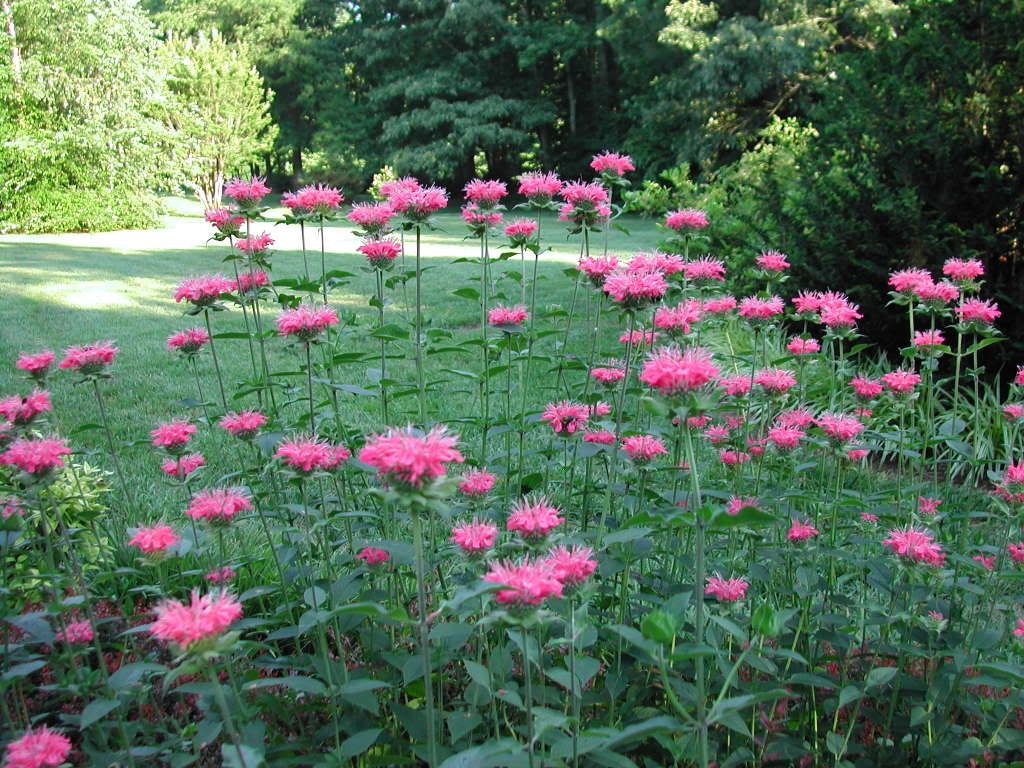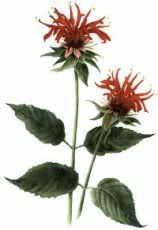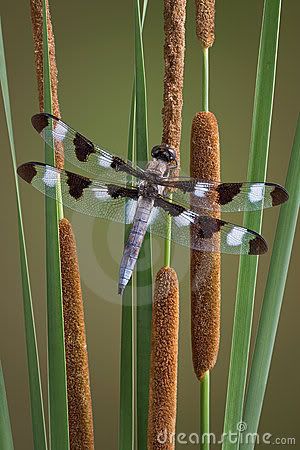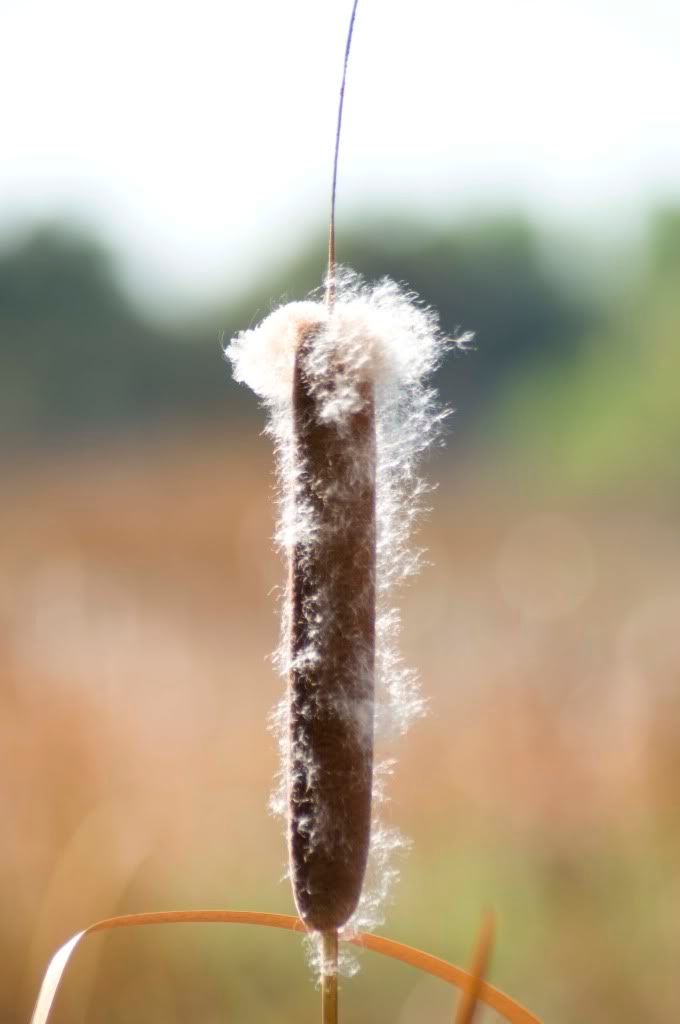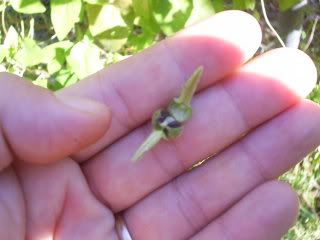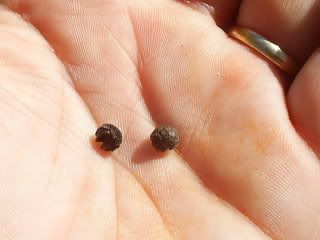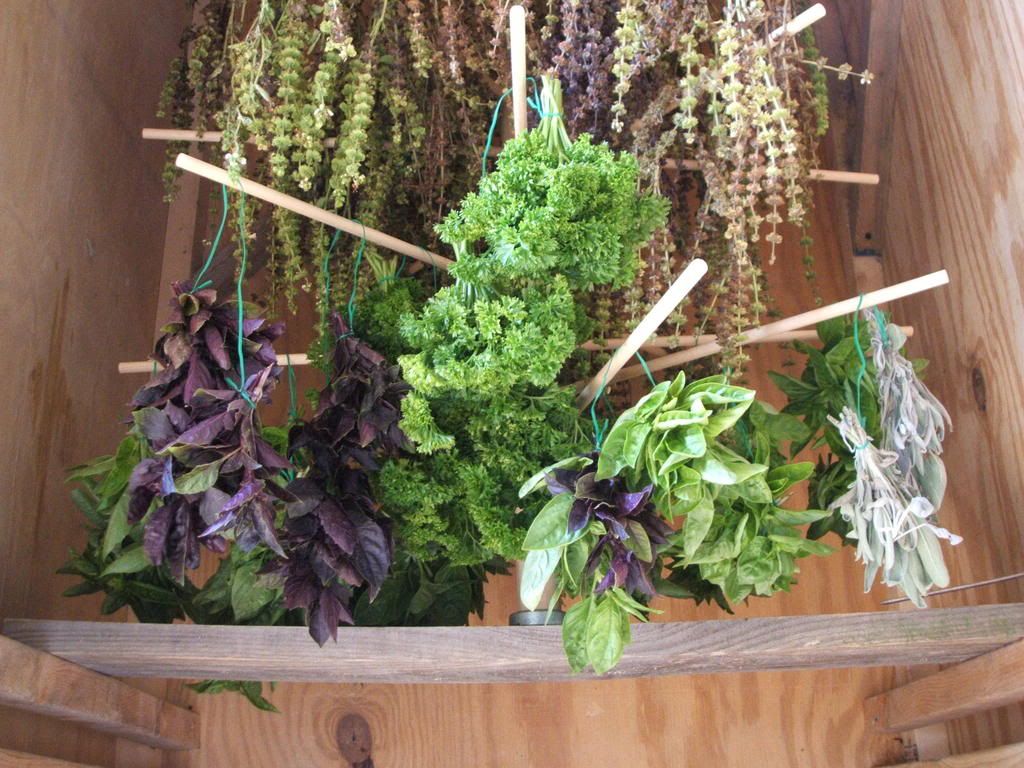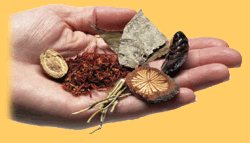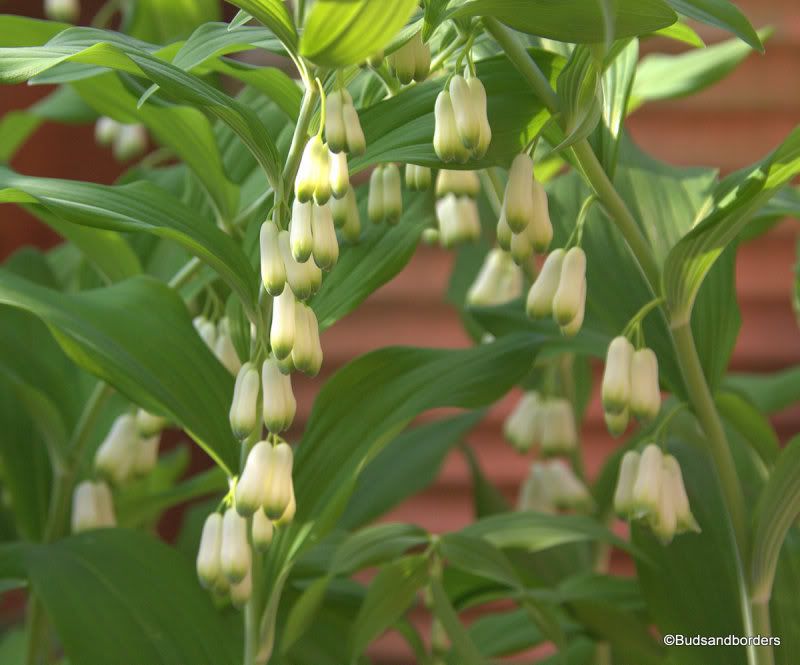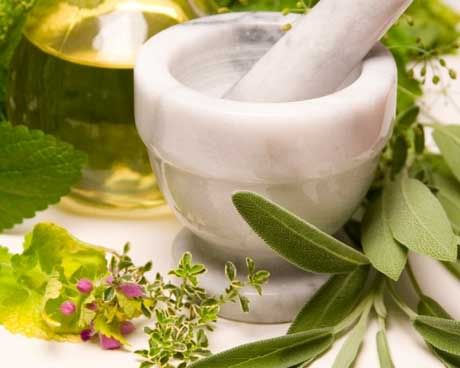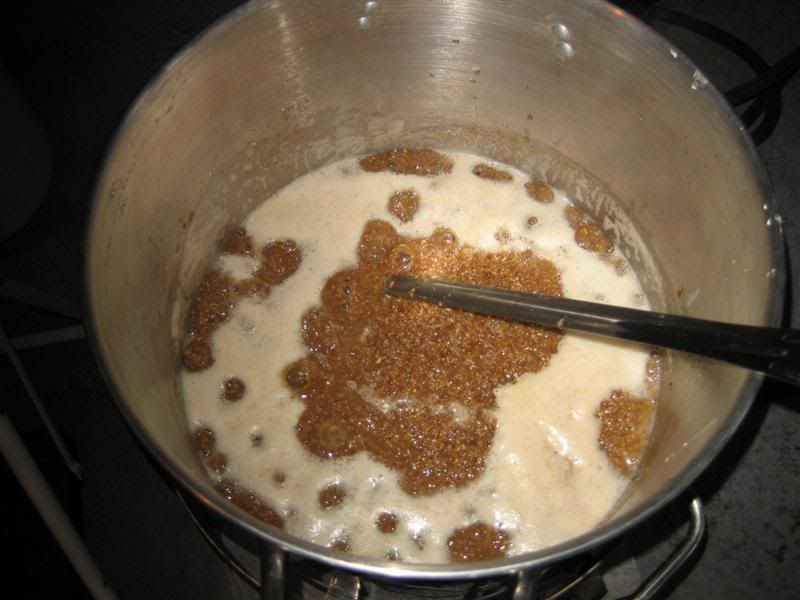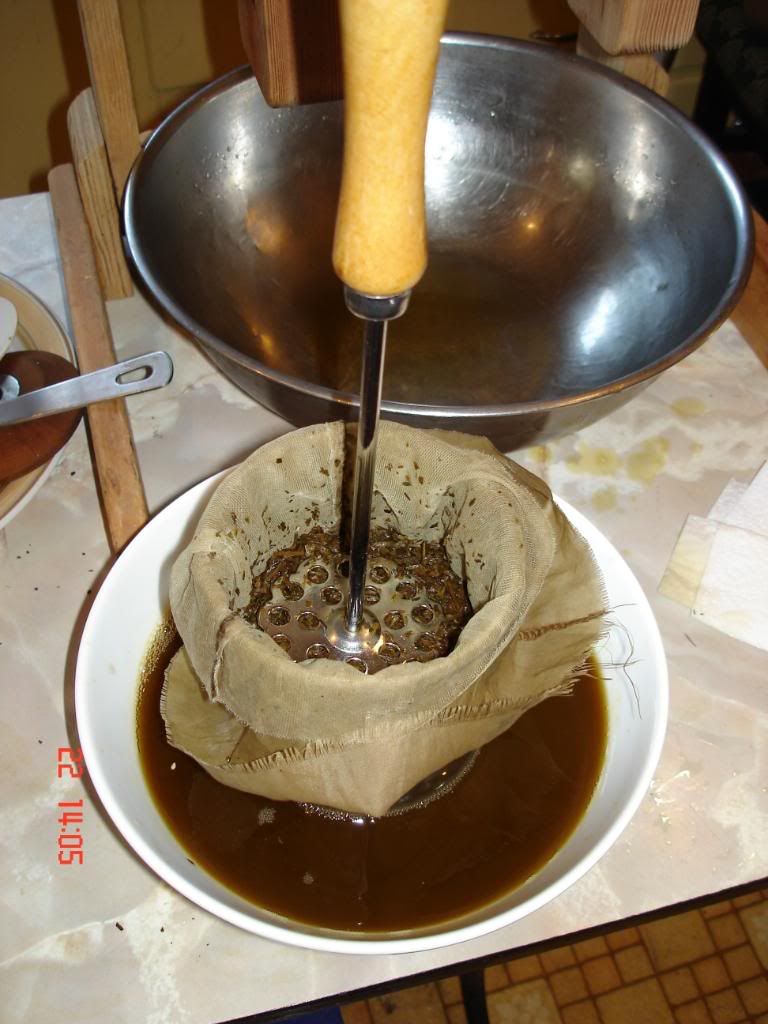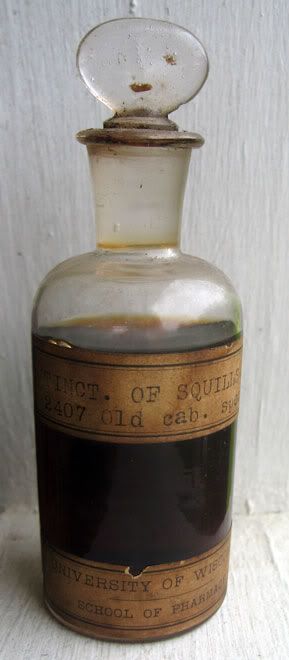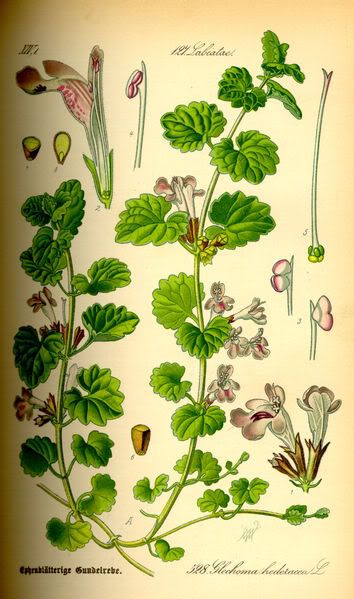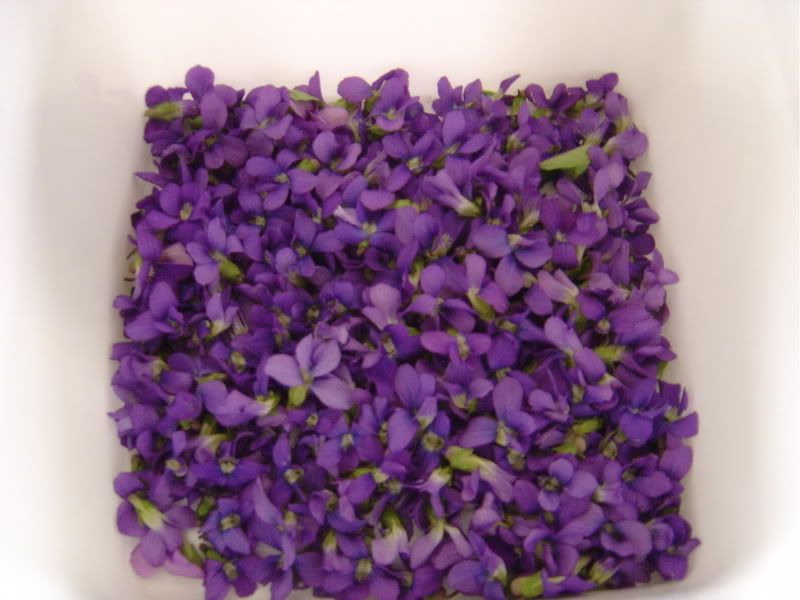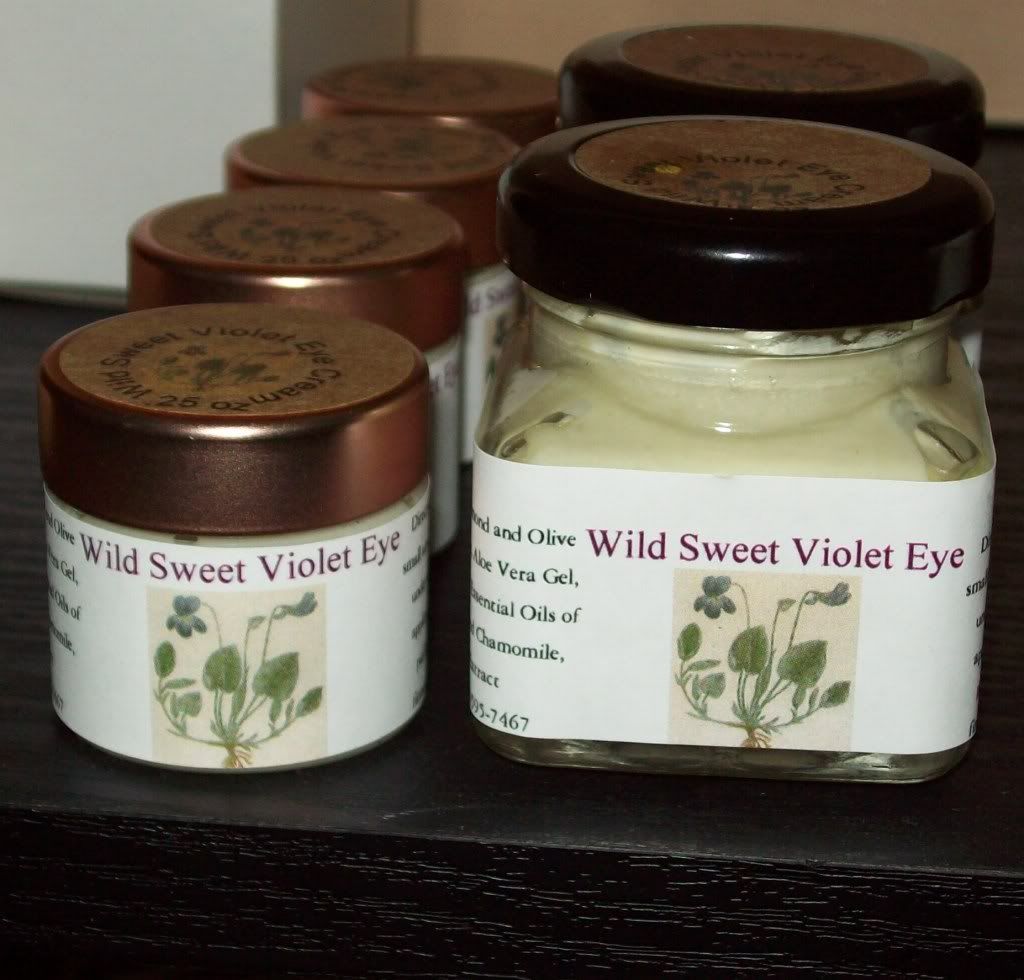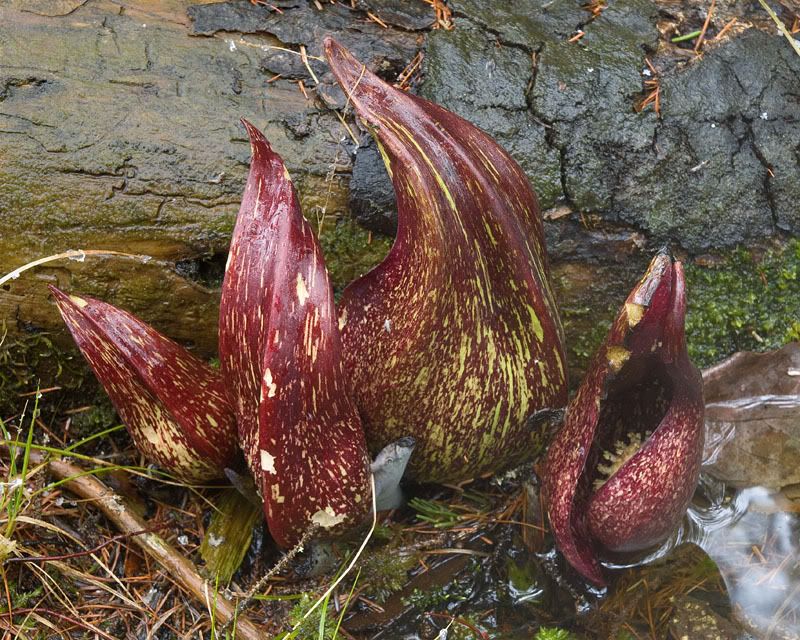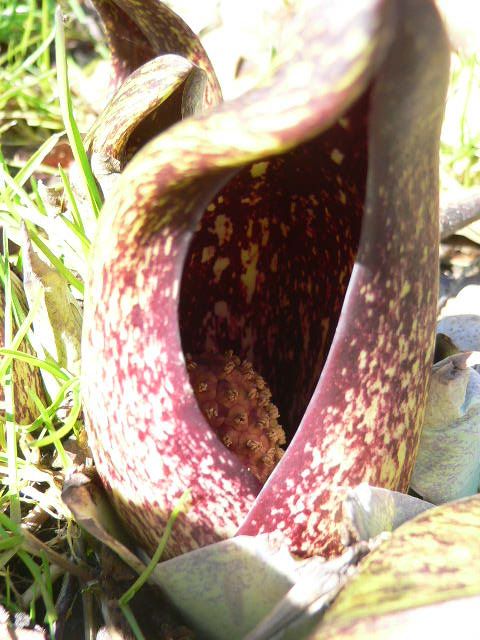
NAME : HAWTHORN
GAELIC NAME : SCEACH
LATIN NAME : Crataegus oxyacantha.
COMMON / FOLK NAMES : English Hawthorn May bush May tree Quickset Thorn-apple tree Whitethorn Bread and Cheese Tree Gaxels Hagthorn Halves Haw Hazels Huath Ladies' Meat May Mayblossom May Bush Mayflower Quick Thorn Tree of Chastity
MEDICINAL PART : Flowers Fruit
PLACES OF ORIGIN : Ireland Europe
HABITAT : Mountainous regions. Damp limey soils.
DESCRIPTION : The hawthorn grows as either a shrub or a tree in Ireland & Europe. In Ireland & England it is widely grown as a hedge plant. It trunk or stems have hard wood, smooth and ash-gray bark, and thorny branches. The small, shiny leaves are dark green on top, light bluish-green underneath, and have three irregularly toothed lobes.
FLOWERING PERIOD : The white flowers have round petals and grow in terminal corymbs during May and June. The fruit, or haw, is a 2- to 3-seeded, fleshy pome, scarlet on the outside, yellowish and pulpy on the inside.
PROPERTIES : Antispasmodic Cardiac Sedative Vasodilator
Medical Properties of Irish Herbs, Trees & Fungi
MAGICAL PROPERTIES
GENDER : Masculine
PLANET : Mars
ELEMENT : Fire
CELTIC GODS : Manannan Mac Lír Lír Nechtan
CELTIC GODDESS : Áine Brigit Grian
POWERS : Fertility Chastity Fishing Magic Happiness
CELTIC MONTH : April
OGHAM LETTER : H huath
RITUAL USES
Hawthorn was once used to decorate May poles. At one time hawthorns were believed to be Witches who had transformed themselves into trees. Witches have long danced and performed their rites beneath the thorn.
MAGICAL USES
Hawthorn has long been used to increase fertility. Because of this power it is incorporated into weddings, especially those performed in the spring. Call on the Goddess Áine or the Goddess Brigit while holding a hawthorn branch or wand of hawthorn to increase fertility.
Fishermen should carry some hawthorn and call on the Gods Manannan and Lír if fishing at sea, or Nechtan if fishing inland.
The leaves, curiously enough, are also used to enforce or maintain chastity or celibacy. The leaves are placed beneath the mattress or around the bedroom for this purpose.
Worn or carried it promotes happiness in the troubled, depressed, or sad. Call on the Goddess Grian to bring some sunshine and happiness into your life.
Hawthorn protects against lightning, and in the house in which it resides, no evil ghosts may enter. It is also powerful for protecting against damage to the house from storms.
In the past most Witch's gardens contained at least one Hawthorn hedge.
Care must be taken to propitiate the tree itself before removing any branches. It is important not to damage the tree and certain sacred trees should not be disturbed at all, lest their guardian spirits become angered.
Hawthorn trees standing alone should be avoided. Take parts only from trees that are part of boundary hedges.
The Hawthorn is sacred to the fairies, and is part of the fairy-tree triad of IRELAND and Britain: 'Oak, Ash and Thorn,' and where all three trees grow together it is said that one may see fairies.
Family: Rosaceae

Useful plant parts: Fruits and flowers
Description: Hawthorn is a plant that mostly comes in a form of moderately sized shrubs or small trees. It is known for the, usually, large number of flowers that are located on the tops of branches. For this plant it is also characteristic that it is whole covered with thorns. The leaves are relatively small, and from the upper side they are dark green colored, while on the lower side they have a light green color. The leaves have short petioles.
Collecting period and locations: The flowers are picked during full flowering (through May and June). Then they are rapidly dried in a warm and airy place. The dried material is usually stored in bottles that can be closed tightly. Medicinal substances are lost with time, and because of that, dried flowers are usually not stored for longer than one year. As for the fruits, they are picked when they are mature (the fruits are mostly red colored). Fruits are dried the same way as the flowers, and they also lose medicinal substances slowly with time. Regarding locations where to search, hawthorn can be found in thickets and hedges, in deciduous, and even in pine forests.
Medicinal properties and applications: Hawthorn is known as an excellent cure for heart problems, where it is useful for a number of problems related to heart and circulatory system. In elderly people it strengthens the heart, stimulates and nurtures it. It is also excellent for the mitigation of degenerative effects on the heart muscles, poor circulation and heart palpilations. It can also treat a too low or a too high blood pressure (in both cases, it normalizes pressure to a certain extent). Also, it is often recommended after a heart attack because it helps by increasing blood flow through coronary arteries and it overall increases activity and better nutrition of the heart muscle cells.Active compounds: Flavonoids, loline, acetylcholine, ethylamine and triterpenes.
Recipe: Tea of hawthorn can be prepared by taking two teaspoons full of dried hawthorn flowers and adding them to about 1/4 liters of boiling water and leaving the tea that way for 20-30 minutes. Usually one should drink 2-3 cups of this tea a day.


